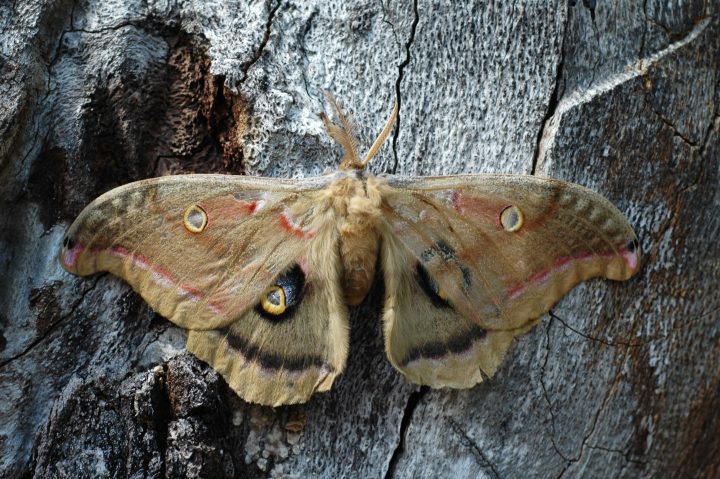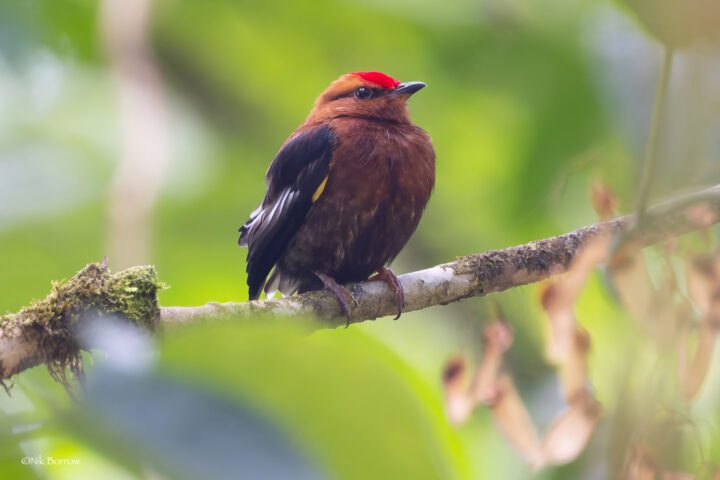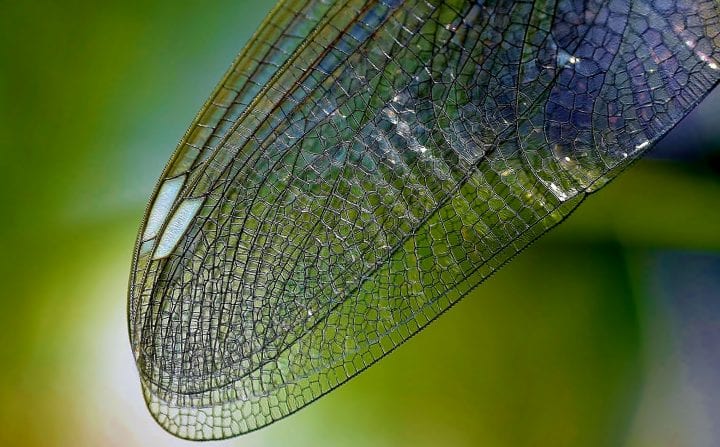Moths use changes in speed and altitude to maintain trajectory despite changes in windspeed and direction.
“The results show that moths maintained perfectly straight trajectories for long distances during flight. This was not because they waited for favorable tailwinds. Rather, they employed a range of flight strategies to buffer against prevailing winds, allowing them to hold their course throughout the night. When winds were favorable, they flew high and slow, allowing the air to carry them. But during harsh headwinds or cross winds, they flew low to the ground and increased speed to keep control of their path.
Says Menz: ‘For years it was assumed that insect migration was mostly about getting blown around. But we show that insects are capable of being great navigators, on par with birds, and are far less vulnerable to wind conditions than we thought.'” (MAX-PLANCK-GESELLSCHAFT)









